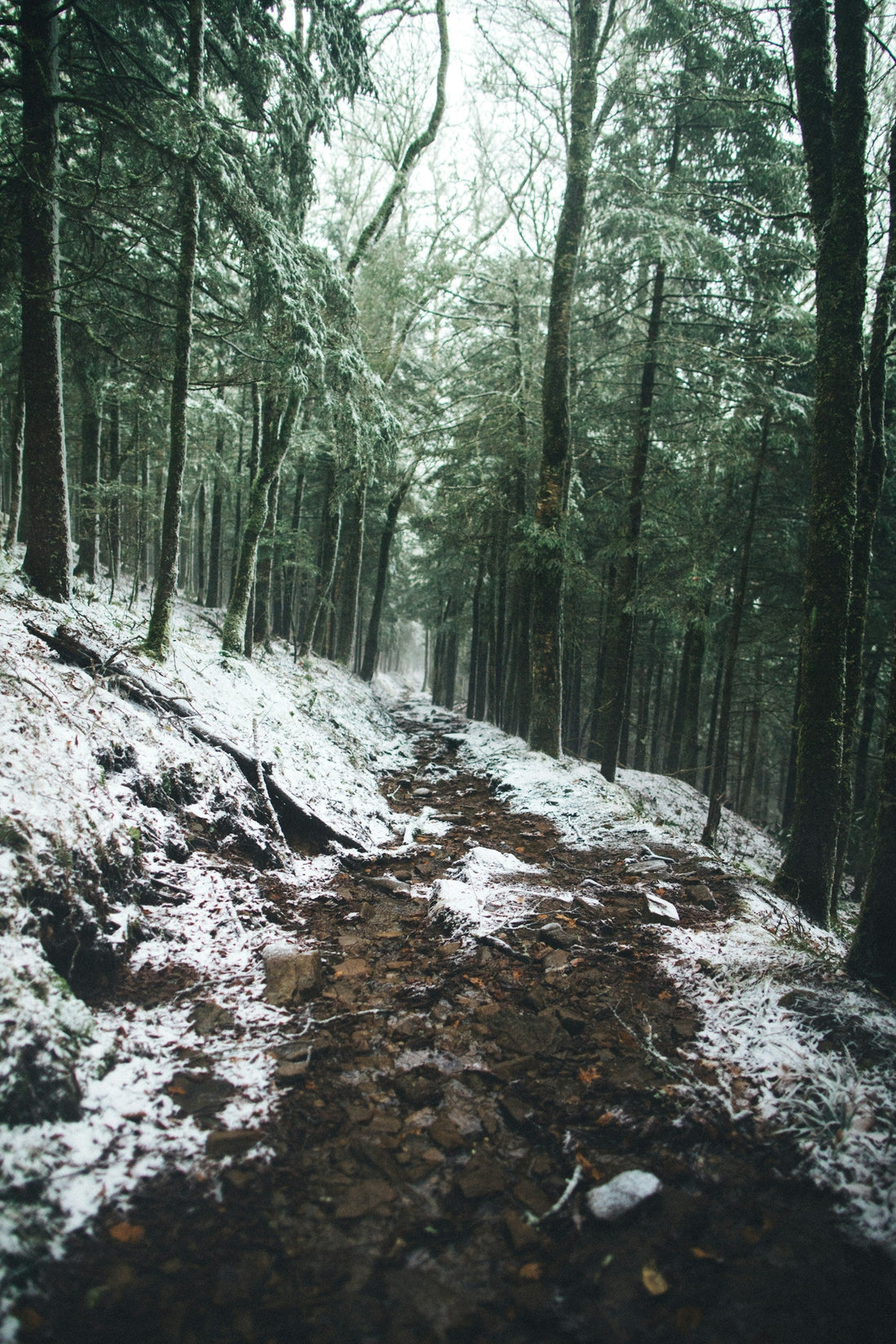
Sustainable Hiking on Public Lands: Best Practices to Preserve the Trails
Share
Sustainable Hiking on Public Lands: Best Practices to Preserve the Trails
Building on our previous guides—like the essentials of Leave No Trace in "Pack Out What You Pack In" and beginner camping tips for your first trip—it's time to dive into sustainable hiking. At Not One Acre, we believe hiking is one of the best ways to connect with public lands, but it must be done responsibly to protect these shared spaces from erosion, wildlife disruption, and overuse. Whether you're tackling a day hike or a multi-day trek, these practices ensure not one acre is harmed. Let's keep our trails thriving for generations!
Why Sustainable Hiking Matters
Public lands host millions of hikers annually, and without mindful practices, trails can degrade quickly. Erosion from off-trail walking, litter from careless visitors, and habitat loss affect ecosystems. By hiking sustainably, you support conservation efforts and align with Leave No Trace principles we covered earlier—helping prevent the need for closures or privatization.
Key Best Practices for Sustainable Hiking
- Stick to the Trail: Always stay on designated paths to avoid soil compaction and plant damage. Cutting switchbacks accelerates erosion—remember, trails are designed for sustainability.
- Pack It In, Pack It Out (Revisited): As detailed in our Leave No Trace post, remove all trash, including food scraps. Use reusable bags and avoid single-use plastics to minimize waste.
- Respect Wildlife: Observe from a distance (at least 100 yards for big game like bears). Never feed animals, and store food properly to prevent habituation—echoing the gear tips from our beginner camping guide.
- Choose Eco-Friendly Gear: Opt for durable, low-impact items like our "Not One Acre" hat for sun protection or vinyl stickers to mark your pack. Lightweight, multi-use gear reduces your footprint.
- Group Size and Timing: Hike in small groups (4-6 people) to lessen impact. Go during off-peak times or weekdays to avoid overcrowding popular spots like Devils Bridge in Sedona or Grinnell Mountain in Glacier NP.
- Permit and Prep: Research permits via Recreation.gov, as mentioned in our camping tips. Check trail conditions and weather to avoid last-minute rescues that strain resources.
Pro Tips for Your Next Hike
Start with beginner-friendly trails from our camping guide, like those in Joshua Tree or Great Smoky Mountains. For inspiration, explore hidden gems we've highlighted on social, such as Capitol Reef NP. Always download offline maps (e.g., via AllTrails) and carry the 10 essentials: navigation, sun protection, insulation, illumination, first-aid, fire, repair kit, nutrition, hydration, and emergency shelter.
Useful Resources
Enhance your knowledge with these links:
- Leave No Trace: Travel on Durable Surfaces – Core hiking advice.
- U.S. Forest Service: Hiking Tips – Federal guidelines for trails.
- NPS Trails Resources – Park-specific hiking info.
- AllTrails: Find & Review Trails – User-rated hikes on public lands.
- Our Leave No Trace Guide – Refresh on waste basics.
- Our Beginner Camping Tips – Gear and planning overlap for hikers.
Ready to hit the trails sustainably? Sign up for our newsletter for more guides and exclusive perks. Use code NOTONEACRE for 20% off conservation gear like our new deer skull t-shirt—perfect for your next hike. Let's protect public lands one step at a time!
